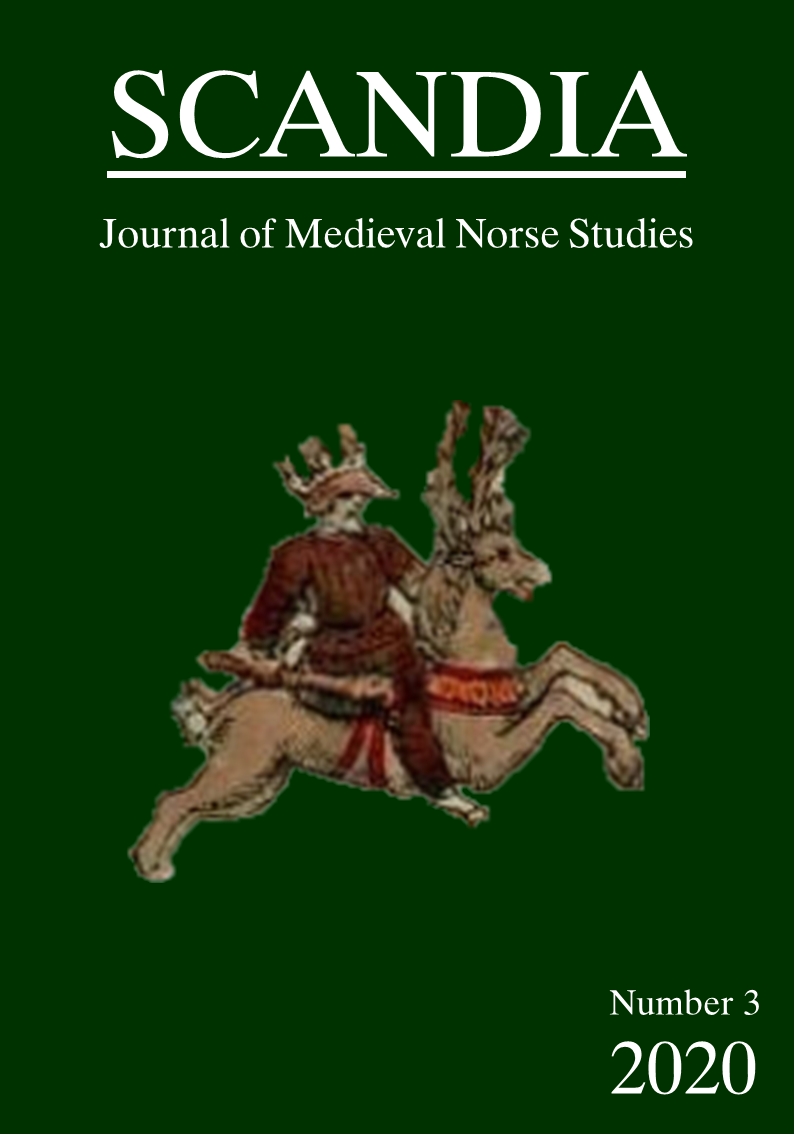“TWELVE ANGRY THEGNS”: SOME POSSIBLE OLD NORSE LEGALISMS IN OLD ENGLISH TEXTS
Resumen
The interpretation of the lexeme thegn has led to a long-standing controversy in the study of the late-Viking Age rune stones. It is recorded in 46 commemorative inscriptions in Denmark and Western Sweden, 34 of which adhere to a pronounced pattern. The debate goes back two seminal articles by Svend Aakjær (1927) and Karl Martin Nielsen (1945). The former author argued that the lexeme should be read as “king’s retainer, vassal”; the latter dispelled this notion as ungrounded and stuck with the later recorded meaning, “free man in general”. Since rune stones are our only contemporary native literary source on social structures in the Viking Age, resolving the question of the lexical meaning of the runic thegns is highly desirable. Regretfully, in the absence of newer source material, the debate has until now been recycling the same considerations first put forth decades ago. While hesitating to pass the final verdict, I argue that a possible way out of the protracted argumentative loop could be found in less frequently cited Old English texts pertaining to the Scandinavian part of England. If confirmed, these insights may also be utilised in further source criticism of the Old Norse literary legacy.
Descargas
Descargas
Publicado
Número
Sección
Licencia
The author (s) of the original submitted undertake to comply with the following:
- All authors are publicly responsible for it.
- The authors claim that this original is their own and that they assume full responsibility to third parties, whether moral or patrimonial, by reason of its content, stating that the work does not infringe any intellectual property rights of third parties.
- The author (s) agree to the copyrights of the original to Scandia Journal, to which they grant permission for its reproduction, editing and online publication.
- The author (s) grant their copyright of their original to the Scandia Journal, licensed under the Creative Commons Attribution License, which allows the sharing of this work with the acknowledgment of their authorship.
- The author (s) have permission and are encouraged to cite and distribute their original.


